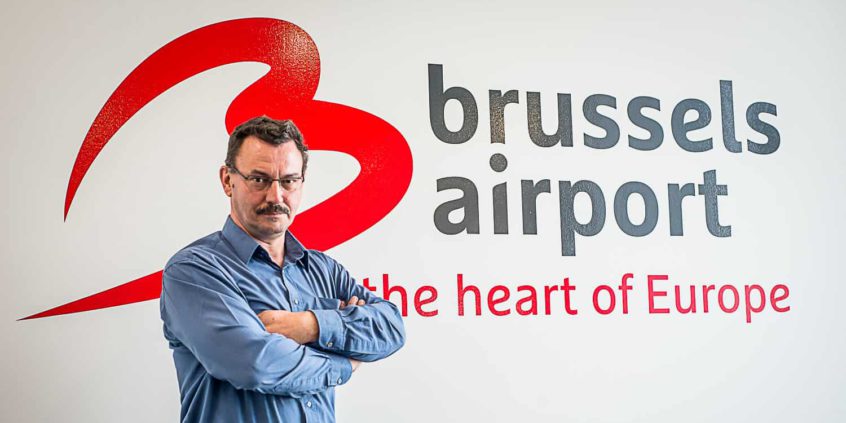The airport is a microcosm. A type of city where everyone is working together to get you to your destination as efficiently as possible. Ralph Kringhs as part of the Digital and ICT team makes sure that their city, Brussels Airport, runs smoothly by providing a wide array of technological solutions. We sat down with him to talk about the many challenges that running an airport offers, and how iDalko’s managed services help them.
About Brussels Airport
With nearly 25.7 million passengers in 2018 Brussels Airport is one of the largest airports in Europe and the main airport in Belgium. Brussels Airport connects the capital of Europe to 248 destinations around the globe, served by 80 airlines.
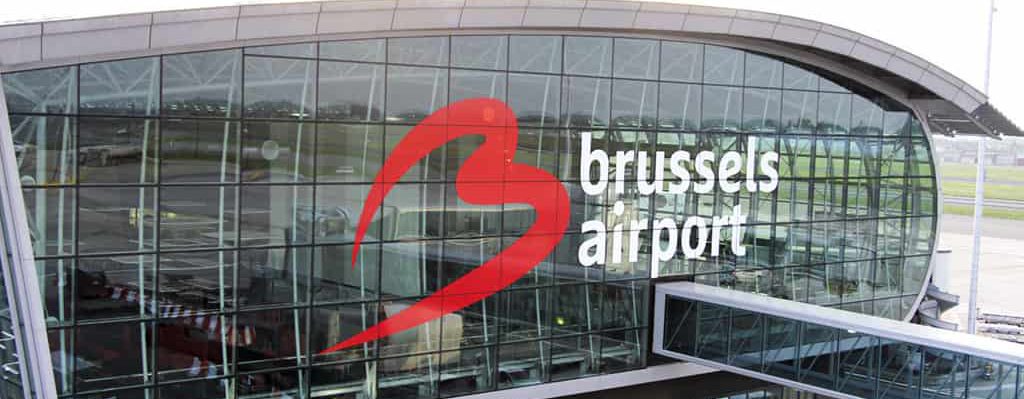
What IT means for Brussels Airport
“Our airport consists of a large number of different and diverse parties. As the airport operator, Brussels Airport functions as a facilitator, making sure all these parties can work together well. For example, we handle the integration of all the different airlines, the handlers, federal police and customs. Brussels Airport provides the facilities for everything happening in and around an airplane from the moment it lands until it takes off, for both the passengers as well as the crew.” Ralph Kringhs summarizes the enormous variety of operations that the Brussels Airport Company performs.

Brussels Airport is Belgium’s international airport, located near its capital, Brussels. At the time of writing, it houses 317 separate companies and employs around 24.000 people. The Brussels Airport Company is the organization that is tasked with keeping all those diverse players together. IT is essential in such large-scale operations. Brussels Airport Company’s IT department currently consists of about 120 people taking the roles of service managers, business analysts, software engineers, testers and ICT operations people.
Ralph Kringhs, who is one of the company’s ICT Architects, is tasked with supporting the Digital and ICT department. “Our department builds and maintains both a set of custom applications and integrations with the existing applications and systems of all the parties involved in the airport.”
“When it comes to the digital goings-on in Brussels Airport, we are faced with a wide variety of initiatives. There are of course the applications the passengers come into contact with such as our websites and mobile application. But the systems that the passengers do not see directly are just as important as they support all operational processes. And of course, there is the typical back-office application landscape that you would find in many companies.”
“It is my responsibility to find the best way to handle the software engineering processes, the software development lifecycles and the tools to support them.” In his search for good solutions for such a varied array of processes, Ralph landed on Atlassian’s products about ten years ago. “We initially deployed these products ourselves. Then through the years, as our organization grew and our tools gained popularity, we switched over to the next level: that of the enterprise.” Moving up to this new tier in size means that there are increased demands of an organization’s digital environment. Brussels Airport Company had to look into the best possible solutions for data security and management, as well as a way to maintain a clear overview of all the software. With these challenges in mind, Ralph started to consider making use of outsourced managed services.
Outsourcing the “IT clutter” to iDalko
As Ralph outlines the many changes to Brussels Airport Company the decision for outsourcing the ‘clutter’ of digital environments becomes clear.
“Ten years ago, we started using Jira in a very small set-up for a project group of six people. I had chosen Jira because it did everything we needed it for out-of-the-box. This is why I am so enthusiastic about Atlassian’s products. Our Jira installation, or our Confluence or Bamboo, look no different than the installations of other companies. We do not customize our tools and only use industry-standard plugins that are well-supported.”
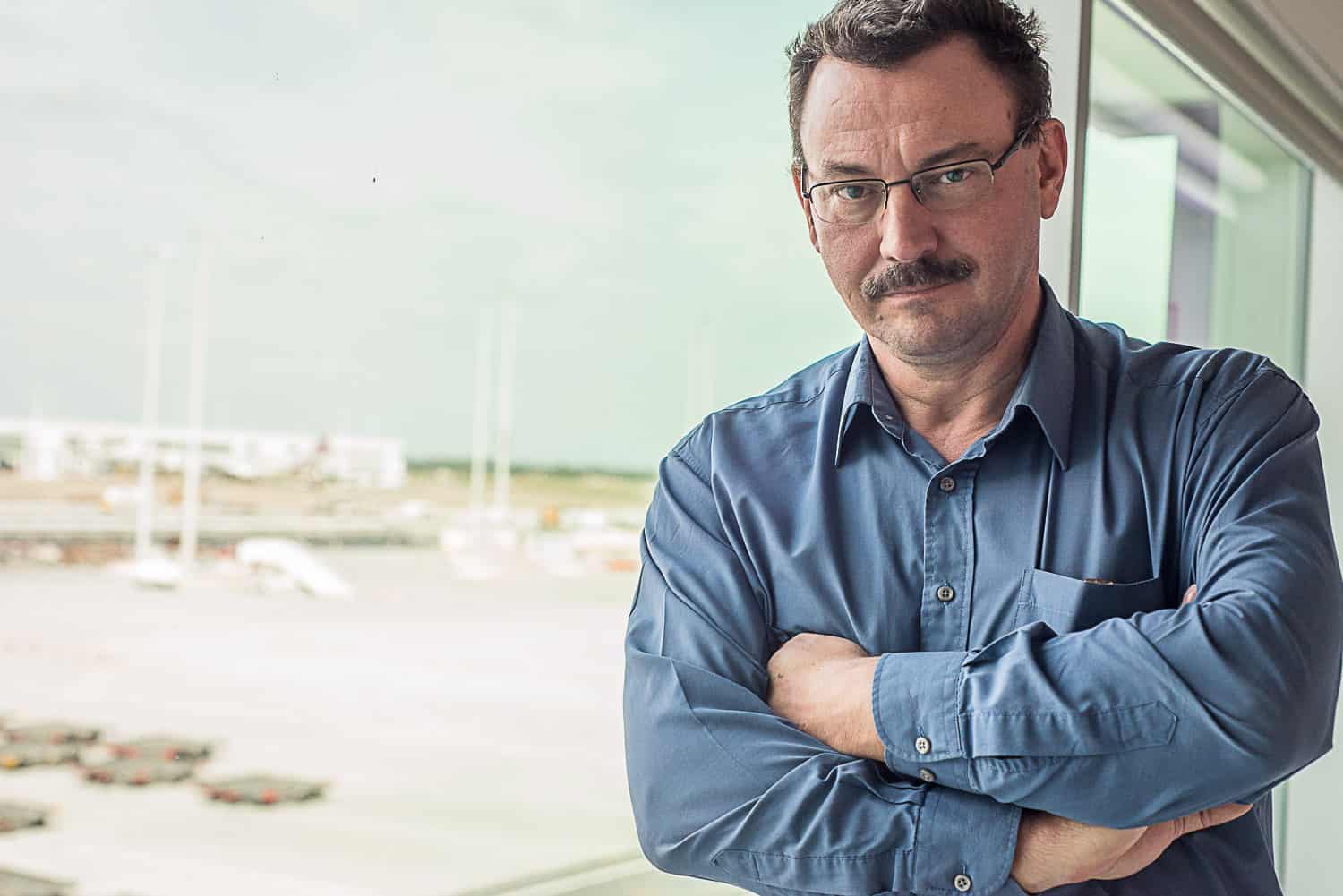
In those ten years Ralph’s set-up has not changed much. They still work predominantly with Jira, Confluence, Bitbucket and Bamboo. The biggest difference is the set-up’s growth.
“During the last ten years, we often upgraded our installations to match the growing amount of users. We started with a Jira installation for 50 users. Quite early on we also included Bamboo in our set-up to further streamline our development cycle. Our user-base kept on growing so we upgraded first to a Jira licence for 100 users, then to one for 250 users. Around that time, we further expanded our suite with Confluence, making our set-up more and more attractive to users outside of IT as well. It is now about three years ago we opened up our suite to the entire organization. As more and more teams joined, managing the whole set-up became a full-time job. That’s when we started looking for a way to outsource these tasks. We want to use the capacity of our own people to be focused on our core business. Anything that we can get through an externally managed service, we will outsource. When the moment came to upgrade our Jira to 500 users, we landed on Atlassian’s datacenter model, and iDalko’s services to go with it hand in hand.”
What started out as a small proof-of-concept set-up for six people has now grown into a critical component for the operation of the entire airport. “Our Atlassian suite no longer exists for the IT department only, the model helps our cross-department teams to elaborate and develop new solutions. It would entail quite a few risks if we were to set up our own resources. The added security of an infrastructure that is managed by a specialized team is another big reason behind our choice to go to iDalko.”
Picking an external service
Considering that this digital set-up had become increasingly important for the airport, Ralph and his team went to iDalko. While the in-house installation on their own servers worked fine, those servers became ‘single points of failure’. That is why the choice was made to migrate to the data center model. This move is an important one in the ongoing project that Ralph calls ‘Go Enterprise-grade with our Atlassian suite’.
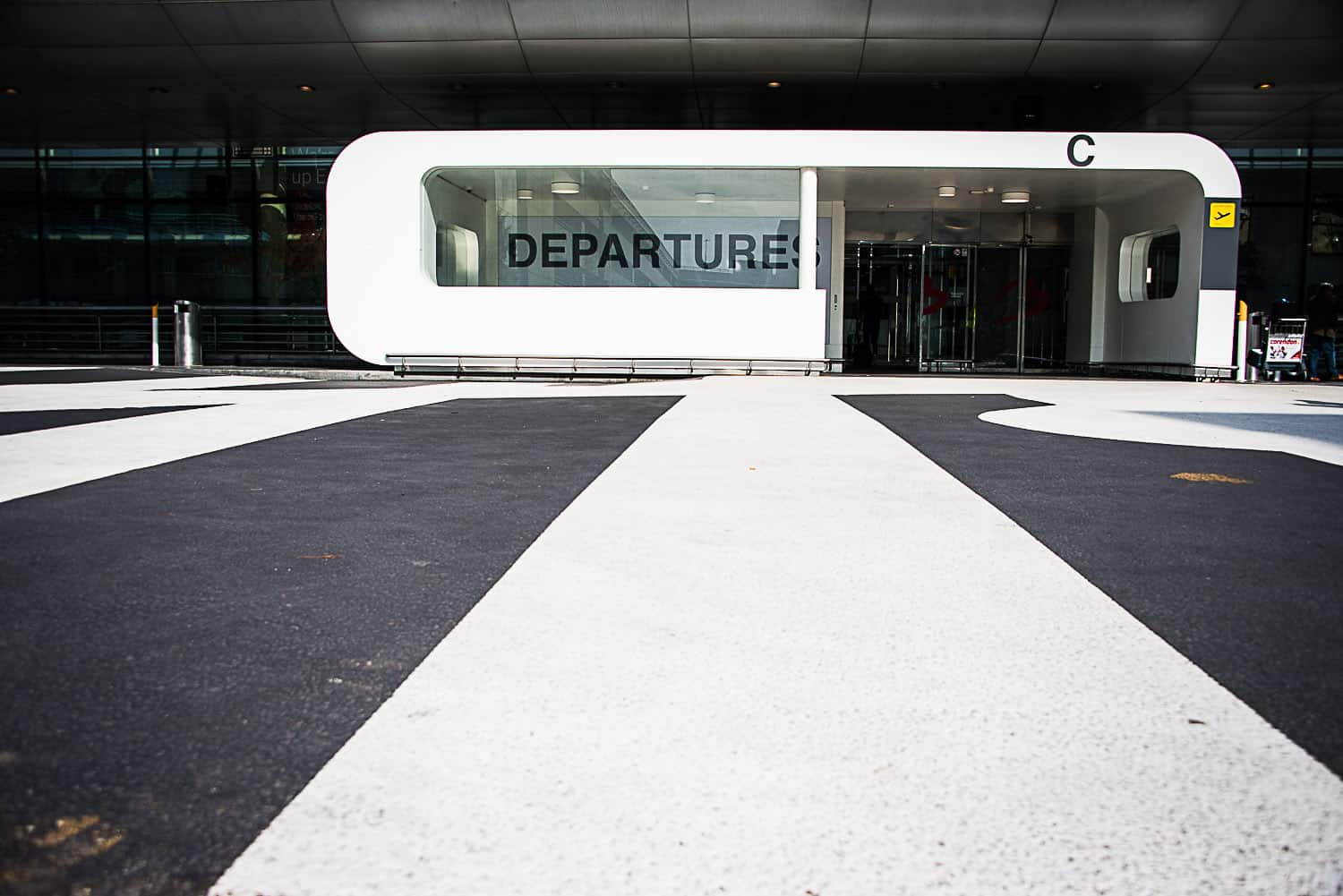
“Since iDalko is 100% focused on the Atlassian platform, we chose them to be our managed services provider.” The process of Brussels Airport Company’s migration to a data center model was a carefully planned one. “We spent around four months on the migration. iDalko and my team first made an assessment of our current set-up, and what we needed out of a new suite. iDalko then offered us three possible options for our needs: a cloud-based set-up through Atlassian, without any assistance or support from iDalko. We could let iDalko take care of all the hosting. Or, the option that we went with, we could keep the set-up on-premise and have it be managed by iDalko. Recently, a fourth option has also become possible, where you would deploy Atlassian to your own cloud and still use the managed service model offered by iDalko.”
Ralph’s choice was mostly motivated by GDPR concerns. For many Belgian companies, it is prudent that their data remains on European servers only, so that they remain compliant with European privacy law. That’s why Brussels Airport Company decided to keep their installation on scene, though iDalko also offers hosting options that guarantee the infrastructure is Europe-based.
The migration was planned out in great detail with many test-runs. “We set up a dedicated testing environment and performed the migration a couple of times to make sure everything would work as expected. After the planning and testing, we performed the actual migration to the data center model. The planning phase really was essential for a smooth migration, and was a strong priority for all people involved.”
The cost of errors
For organizations like Brussels Airport Company, it is very important that events like this migration, or upgrades and updates, never interfere with the ongoing processes of the airport. “Our core application is a central database we call CDB. It is the information hub where all flight operational processes take place. As soon as more than two parties in the airport are interested in a piece of information about flights, this information will come from the CDB.”
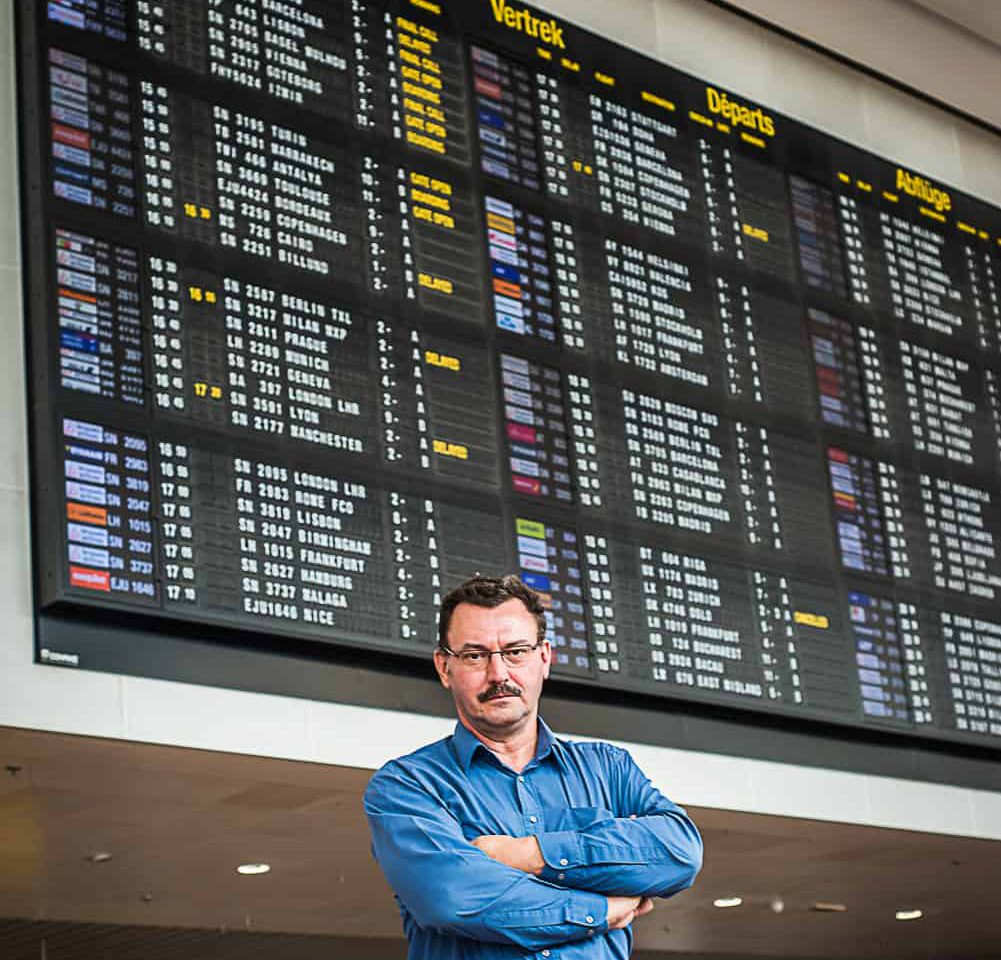
Other critical applications provided by Brussels Airport’s Digital and ICT department would also suffer greatly from errors with the digital environment. “There are, of course, the baggage handling systems, but there are also websites, the mobile app, and a long list of administrative or supporting applications for our own people. Staffpages, for example, is an application that is used a lot by the people working at the airport, as it provides a way to consult and manage much of the core operational information.”
Again, Ralph points to the nature of Atlassian’s products as a key element in their decision for iDalko’s managed services. “The tools of Atlassian are so stable that they require very little monitoring. The number of issues we have had with our Atlassian set-up over ten years can be counted on the fingers of a single hand. We have a dedicated acceptance environment where upgrades are checked before they go live. The updates that iDalko performs always happen without issue in about one hour, without our users noticing anything. Of course, since we keep gaining more users in our suite, we are starting to use more add-ons. The datacenter model allows us to perform zero-downtime upgrades. All of this made the decision to migrate very easy.”
“One thing that saves us a lot of time where we weren’t expecting it, is license management. Since iDalko now takes care of all our licenses, my team is no longer burning time on it. We can focus on our own projects.”
Agile techniques beyond the IT department
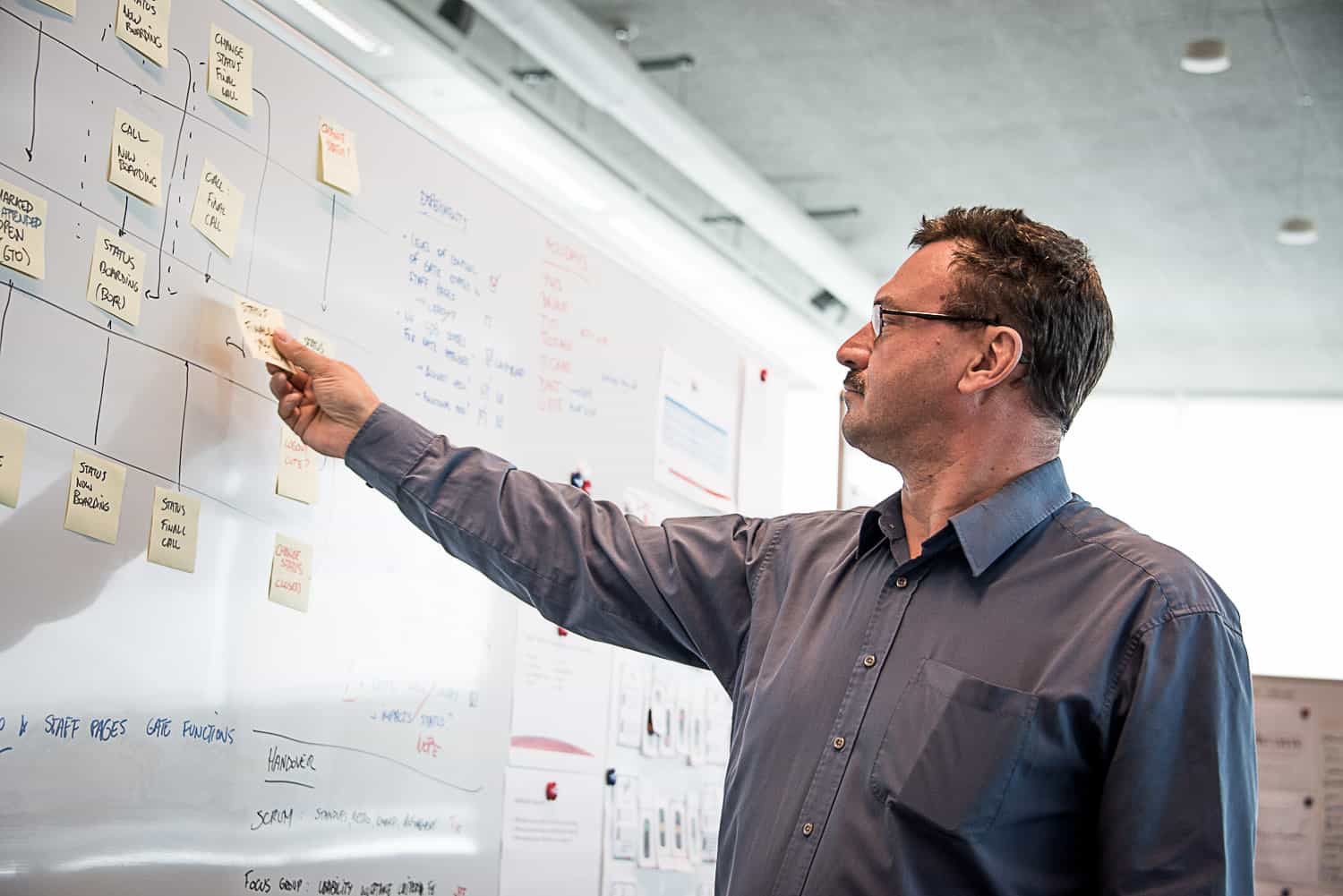
When asked about the current state of the installation, Ralph notes that there is a noticeable shift in the type of users. “Initially, only people in IT used our suite. The so-called ‘tech boys and girls’. Now, we see quite a few users from the business and management side of the organization.” Ralph points to Atlassian’s Confluence as the primary cause for this shift. “Confluence makes the whole set-up much more accessible than back when it was only Jira. If I were to mention the platform to someone, I would strongly recommend getting Jira with Confluence. The added value of the combination of the two is great.”
For this new user base, that of non-IT-minded people, Atlassian’s products also receive Ralph’s praise: “Tools like Jira and Confluence function so intuitively that they require barely any training.” He briefly explains how he guides new users into the company’s Atlassian-fueled workflow. “Since we see more agile techniques in our ICT operations, we also notice more physical whiteboards in our offices. These physical Kanban and SCRUM boards are mirrored in many ways by their digital counterparts in Jira. I often advise newcomers to start working with a real-life board. Once they get into the groove of an agile workflow, they move to our digital tools.”
Ralph Kringhs’ enthusiasm for Atlassian’s tools does not appear to have lessened since he first started using Jira ten years ago. It is not difficult to see why. His digital set-up consists of reliable and intuitive tools that anyone can use for a wide variety of operations, exactly the sort of thing you would need for a massive organisation like Brussels Airport. Ralph’s life is made even easier by relying on iDalko’s managed services. By outsourcing a lot of the busywork that comes with managing a suite on such a large scale, the people in his team can focus on the important things: developing and maintaining the applications that help get travellers to their destination.


